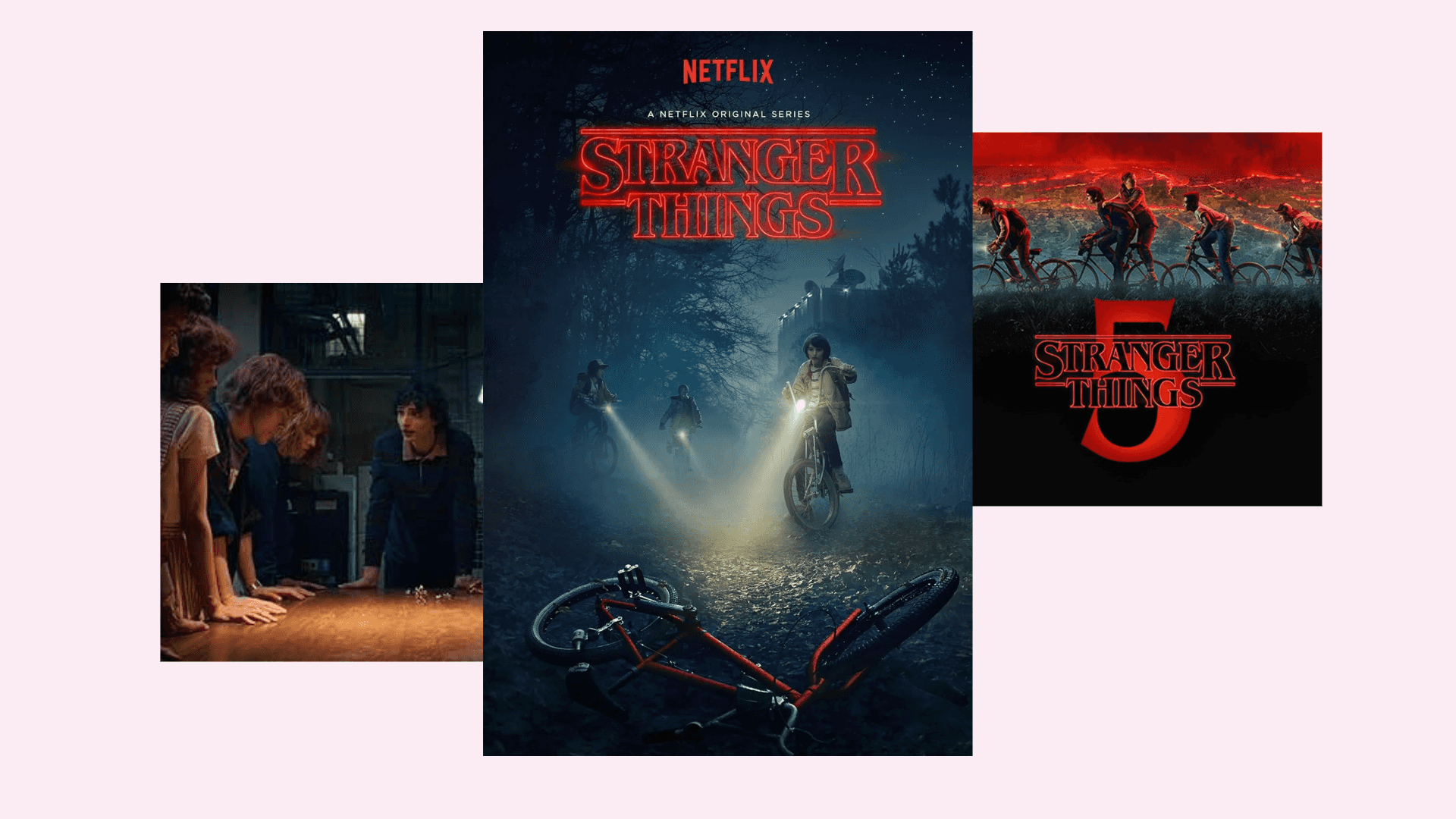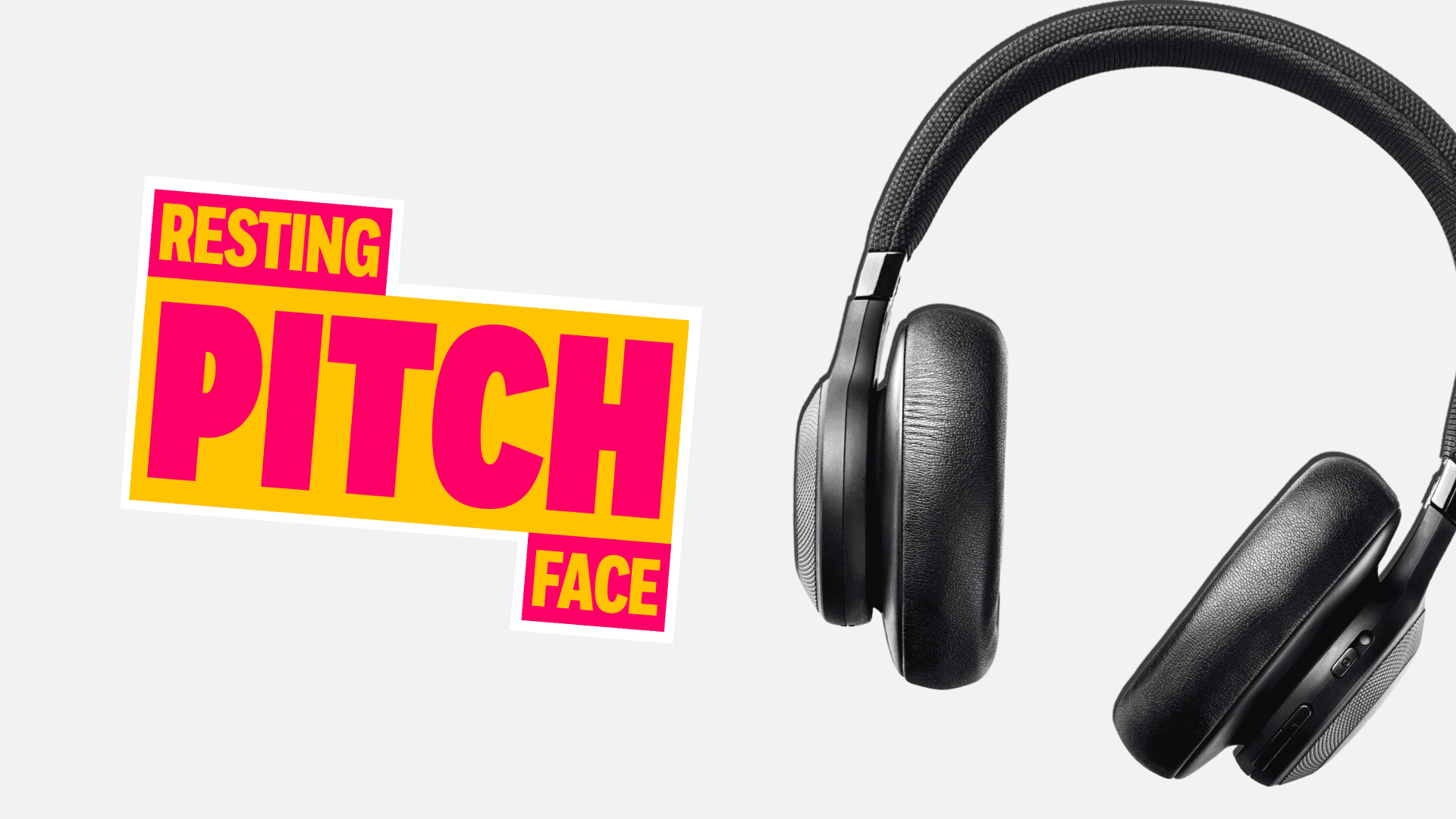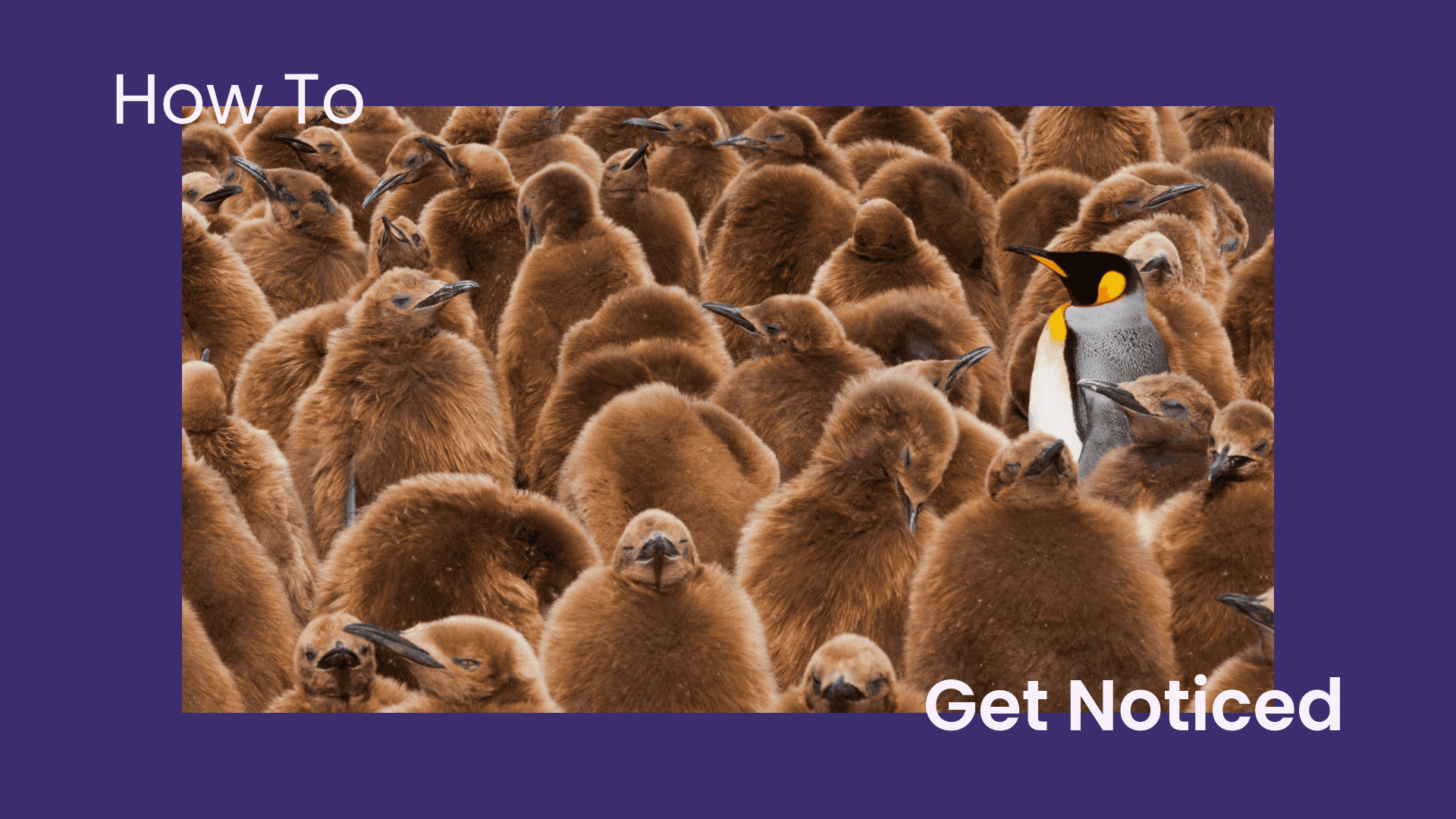
Facebook Advertising for Lead Generation Tutorial
Written by Chris
Have you ever wondered how Facebook can help boost your business leads? We’re here to help you get to grip with the basics and teach how to start generating more qualified, targeted prospects today.
Facebook for business is helping business’ everywhere get their product or service in front of relevant audiences, and we’d like to share some of our most effective techniques and strategies suited to driving your upper funnel, in-market leads.
To begin, start by identifying your key audience; who are they, where do they live? What’s their interests and online behaviours? Use the customer data you already have to highlight trends and similarities.
By doing this, you can start forging ideas surrounding the types of interests your customers might have, and identify certain demographic pools and pinpoint the types of industries they work in. This type of information is key in identifying powerfully targeted groups for your Facebook lead generation campaigns.
For example, let’s say that you’re a kids party planner looking for new business. From looking at your customer database, you can see that your key customers are generally men, aged 25 – 40, mainly city dwellers or living in affluent suburbs, working part time usually due to parenting commitments.
It’s almost frowned upon these days to make assumptions about what types of interests a person might have based on their personal circumstances, habits and online & offline behaviours, but any strategy worth it’s salt has a solid hypothesis at it’s foundation.
So, based on what we already know, we can begin asking things like, during what hours might our men, aged 25 – 40 be most active on social media. What type of brands might they like or follow, and what kind of TV content do they consume during their hours at home. Testing these different hypotheses can help fine tune your Facebook targeting and help you reach your key customers without wasting ad spend on irrelevant audiences.
Once you’ve rendered a basic persona for your focus group, we can then begin cross referencing these user groups with popular categories and audience data using the Facebook audience insights tab which will list top Facebook categories and pages that your key audience interacts with. There are other 3rd party data vendors and data management platforms that can supercharge your targeting by unlocking rich customer insights based on your 1st party data, however this is more suited to advertisers who have substantial media budgets, so for now let’s assume that we’re using a fusion of common sense and the Facebook audience insights tool.
From using the Facebook audience insights tool we can see that based on the information we’ve imputed, our part-time dad, is likely to live in specific geographic locations, follows the NFL, is more active on mobile devices, and over-indexes the remaining internet population for consuming video content. This information gives us a great starting point to optimising ads for conversion. It might also influence the language and type of message used in your ads. Here’s an example of the type of information generated by the tool:
Now you have this information in your ad insights arsenal it’s time to put it to work and get cracking with building the ads, but first, it’s important we address the ad serving strategy and ensure your key audience is familiar with your product or service, and that your business is getting across exactly what it is you do, and why your service should be of interest.
So, how do we do this in a way that will allow your users to understand the key benefits of your business and get them to take action. We start by inspiring our users with visually rich and informational content, then depending on how our target audience responds we have the option to reconnect with them at a later date.
So let’s take our part-time dad, who could be (based on the information we have) in the market for child care. First, we push out a 30 second video explaining what we do, where we’re based, with a button offering the option to visit the website and learn more. If the user decides to visit, we now have their information so we can interact with them again at a later date and customise ads based on their onsite behaviours, and because Facebook doesn’t use cookies in the traditional sense it’s possible to reconnect with them across devices too, so we never miss an opportunity to get in front of them.
Now, lets speculate that our user has watched the video, clicked through the website and browses 2-3 pages, but doesn’t complete an action such as an enquiry form fill or call the phone number shown onsite. This type of behaviour indicates that the user is clearly interested in your service, but isn’t ready to commit to anything. We can put users who demonstrate similar behaviours to this in a defined audience bucket via Facebook and go back to them with either a more compelling offer or more information to help seal the deal.
Now your user is familiar with your business, you’re in a great position to follow up with them, this is of course if they haven’t already contacted you.
Facebook lead ads are a perfect ad format for turning site visitors into qualified leads. This is a 3 stage form that requests the user’s personal information i.e. name, email address or phone number and can be added to your lead gen pipeline to be followed up with at a later date.
Here’s an example of a lead generation ad for a local photography studio:
User sees your ad, the user then clicks your ad and is taken to the 1st section of the form and can view a short description of your business and any key information with a compelling headline, it’s recommended that you include any unique selling points or key promotions at this stage to get the user to click through to the second section of the form where they can put in their contact information for you to contact them back. The user clicks submit, and there you go – a pre-qualified lead in your new business pipeline.
This is one of many lead generation strategies businesses can take in finding new customers through paid advertising. However the distinction being that users don’t even need to move off their current platform (which in this case is Facebook) in order to submit their information.








